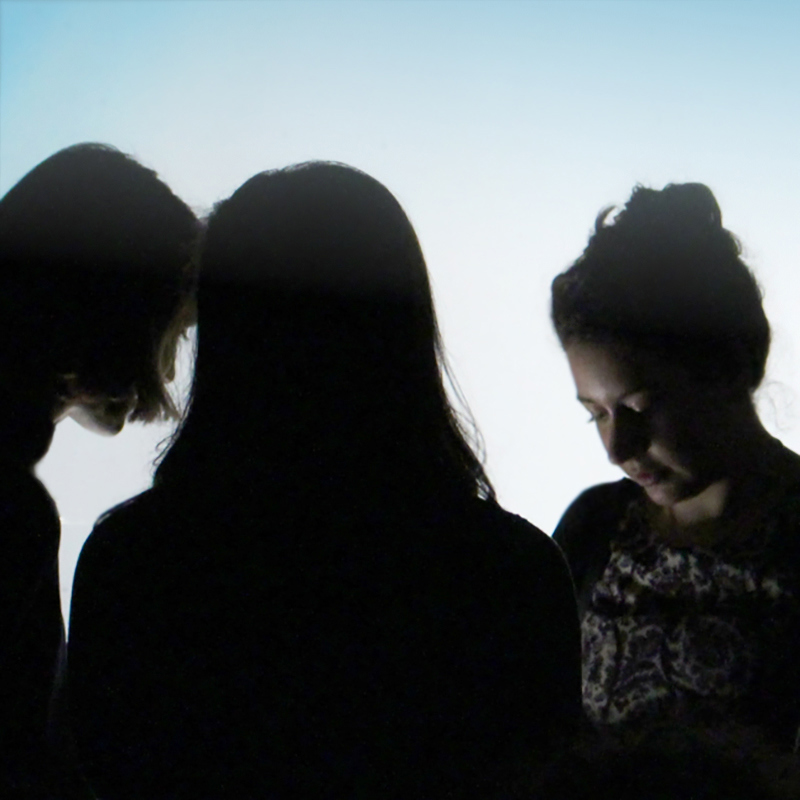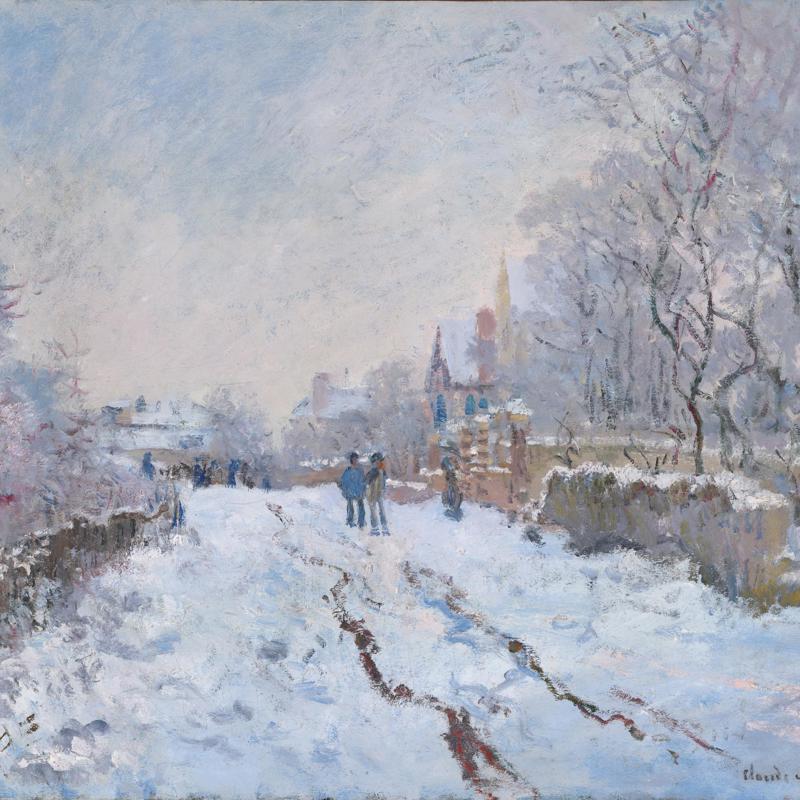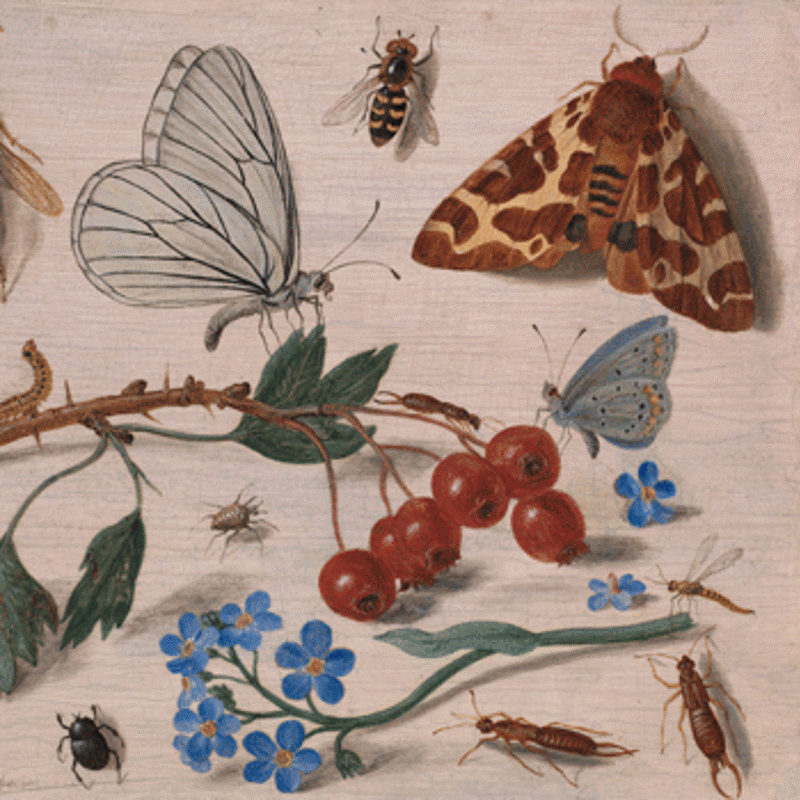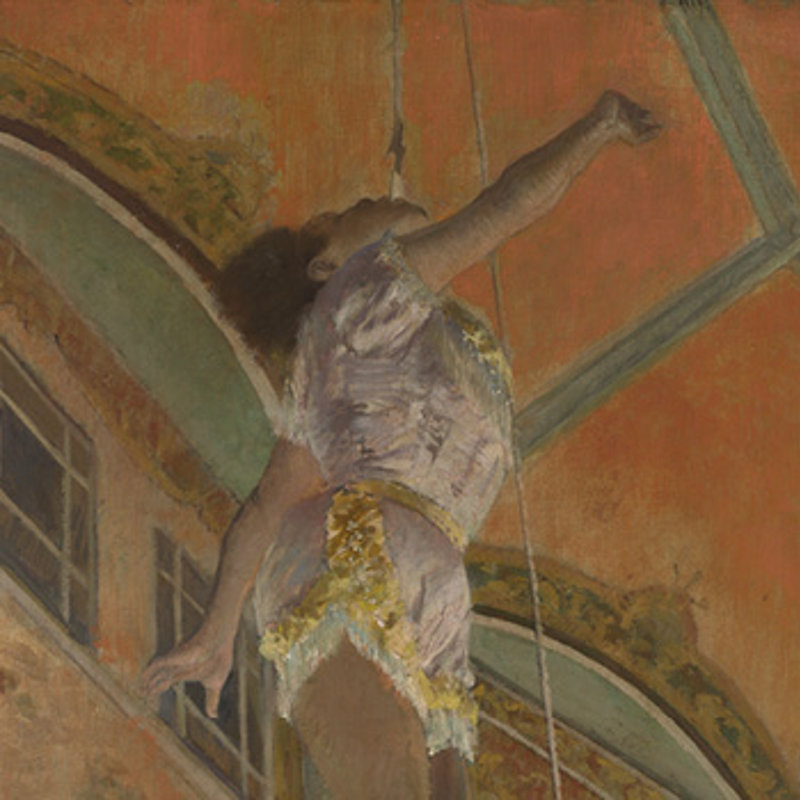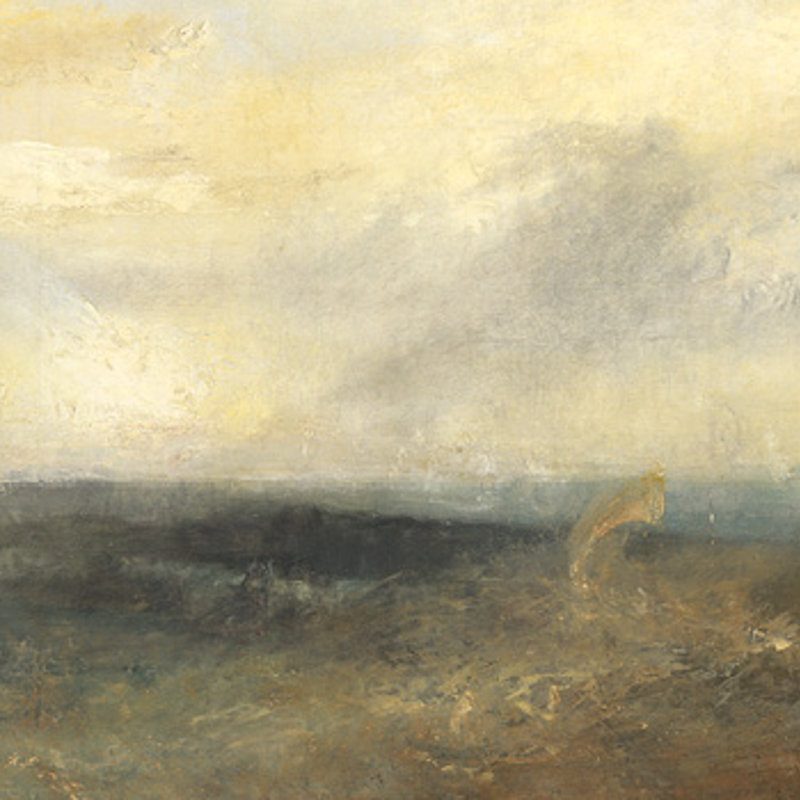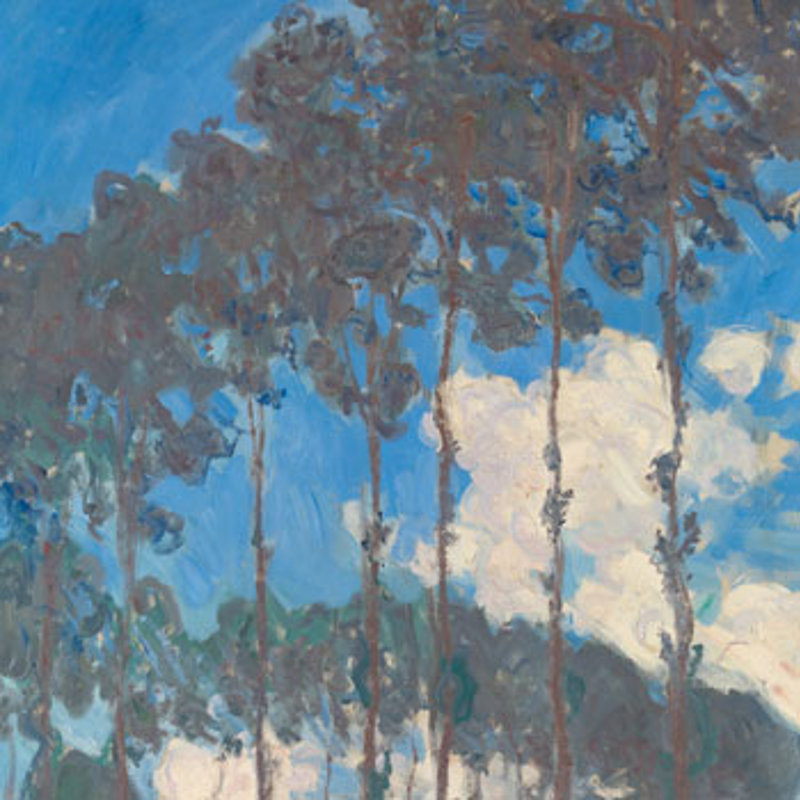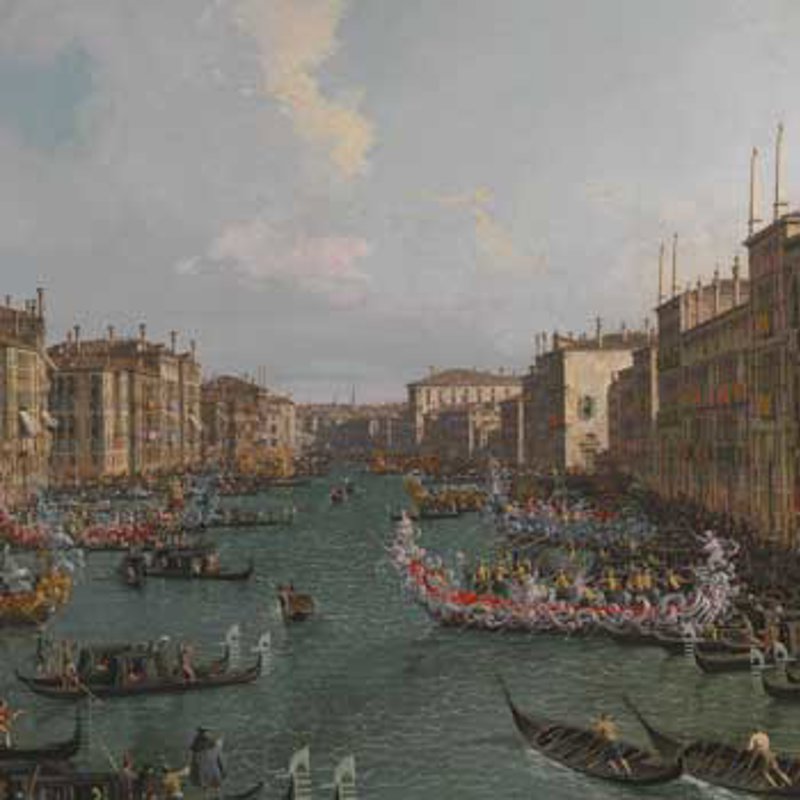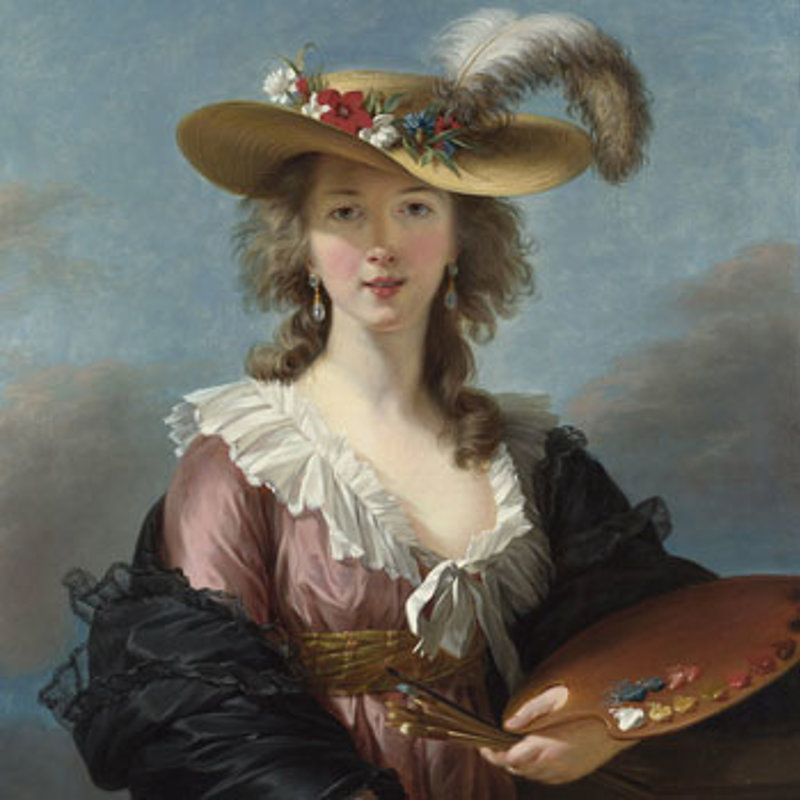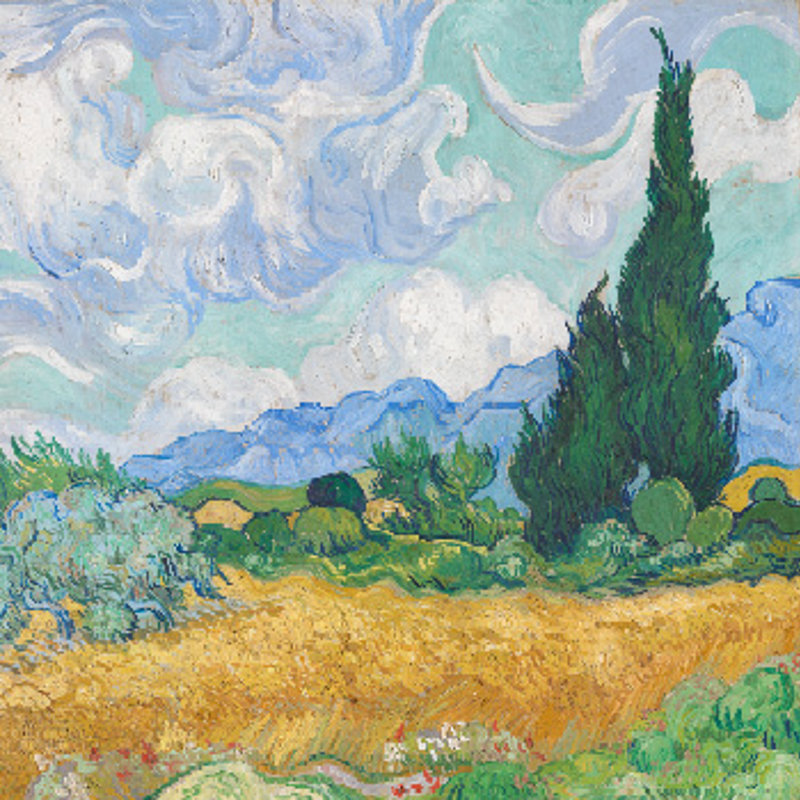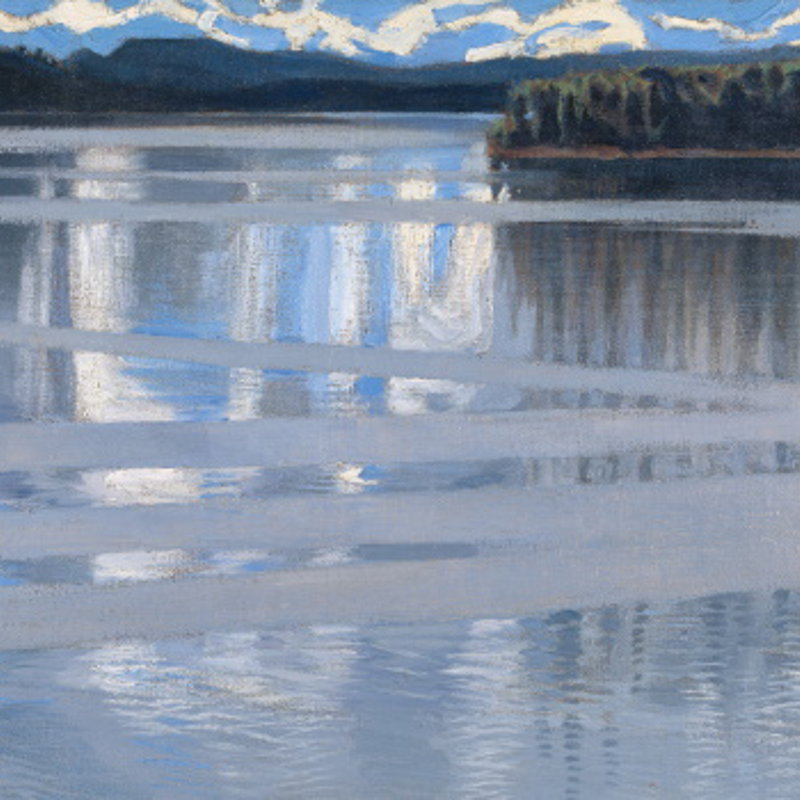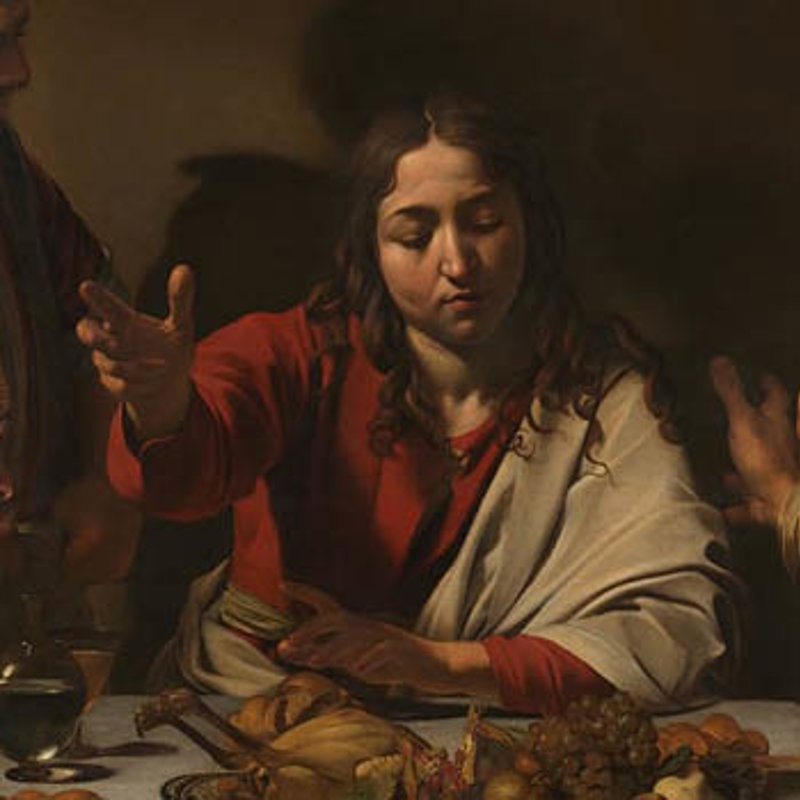In a shadowy tavern, a man stares out at us, drunk and bleary-eyed.
A fellow drinker slides a glass of cider towards him, egging him on.
Crowded around the table are three other men, in varied states of drunkenness. One, a youth, looks out at us menacingly, as if warning us off. We, who judge, are unwelcome here.
The canvas edges abruptly cut off two figures on both the left and right, giving the sense, that we have just rounded a corner and entered the scene.
The Spanish painter Joaquín Sorolla is best known for his sparkling, sun-soaked Mediterranean coastal scenes. Here, however, he plunges us into the dark, fetid depths of a tavern in the Basque coastal town of Zarauz.
The picture marks a turning point in Sorolla’s career. After a decade of painting carefree scenes of women and children at leisure, he spent the summer of 1910 frequenting local bars, and creating impromptu oil sketches such as this, in situ.
It is one of Sorolla’s saddest works: a penetrating and compassionate observation of the devastating effects of unemployment, poverty and addiction. Certainly, the artist was satisfied with it – later including it in his second major American exhibition, at the Art Institute of Chicago.
Sorolla painted the central man central in this scene, several times. Sorolla understood his name to be Moscorra but, as the word means 'drunkard' in the Basque language, he may have misunderstood something the locals told him!
The painting was acquired by the Gallery in 2019, and is the first painting by Sorolla to enter the collection.
With thanks to Nikon, Digital Content Partner



